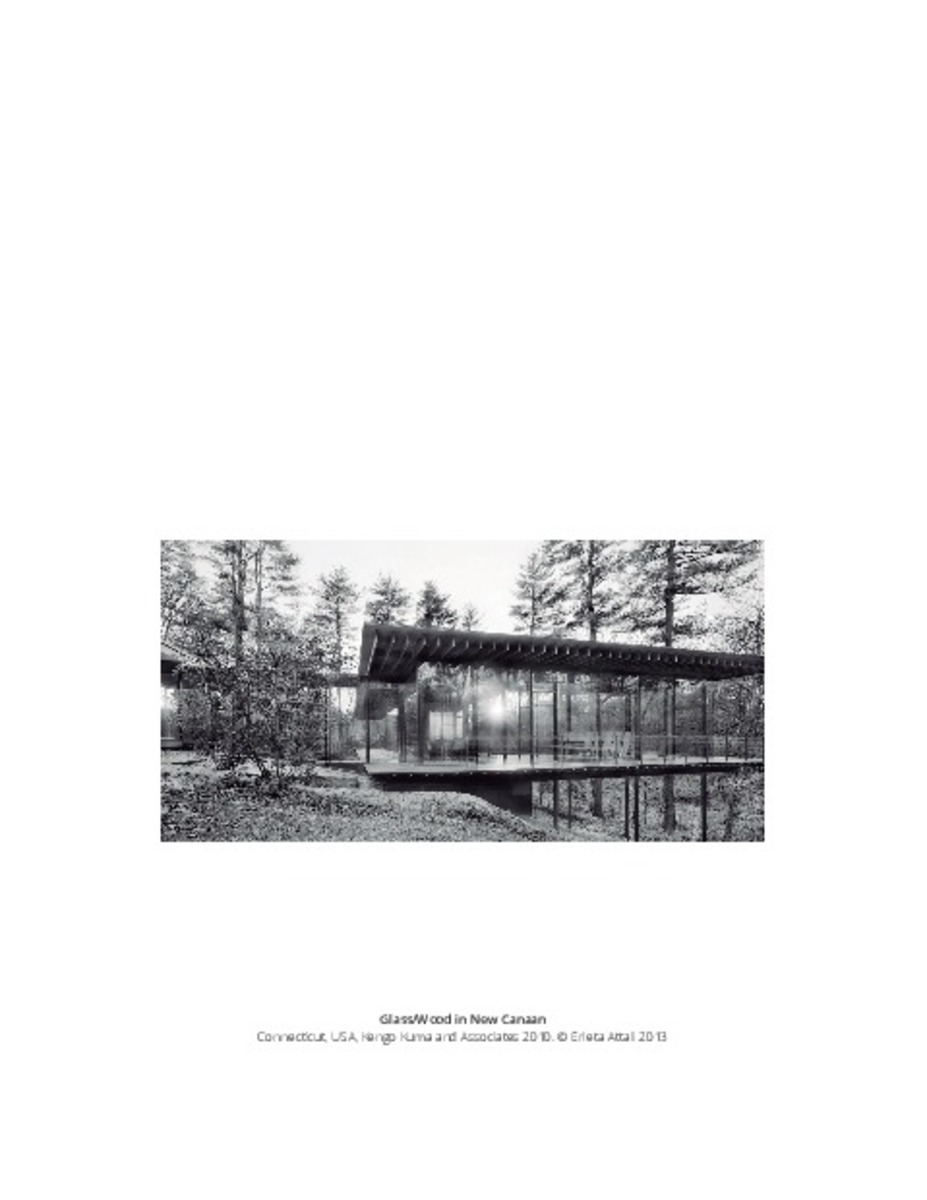Full metadata record
| DC Field | Value | Language |
|---|---|---|
| dc.creator | Kafantaris, A. (Aris) | - |
| dc.creator | Attali, E. (Erieta) | - |
| dc.date.accessioned | 2016-11-16T11:42:53Z | - |
| dc.date.available | 2016-11-16T11:42:53Z | - |
| dc.date.issued | 2016 | - |
| dc.identifier.citation | Attali, E., Kafantaris, A., (2016), ""Transient topographies: a photographic languaje for impermanence"", En: Alcolea, R.A., Tárrago-Mingo, J., (eds.) en Congreso internacional: Inter photo arch ""Interacciones"", (pp. 24-35) | es_ES |
| dc.identifier.isbn | 978-848081-518-5 | - |
| dc.identifier.uri | https://hdl.handle.net/10171/42249 | - |
| dc.description.abstract | The Glass/Wood photographic project started as a research initiative by architectural photographer Erieta Attali under the auspices of Melbourne RMIT’s Doctorate program. This paper examines the discussion that led to the project’s conception, the process behind it and finally the outcome: a case-study monograph by the same name. The aim is to demonstrate how a photographic narrative can articulate an architectural argument and feed back into the design discourse, transgressing the limits between documentation and interpretation of architecture. Attali photographed Glass/Wood in New Canaan, Connecticut, a guesthouse extension by Kengo Kuma in 2010 to an existing modernist pavilion buried deep within a deciduous forest, in the course of two years. As the passage of eight seasons narrates the continuity between landscape and architecture, both architect’s and photographer’s ambitions become apparent: architecture that dissolves into the landscape and photography as a medium that communicates shifting relations instead of static, iconic images. The challenge we faced was how to communicate this synergy and the reciprocal processes that feed it. The paper has a tripartite structure. The first section examines Attali’s photographic language formulated in landscapes and archaeological sites, its translation into architecture and the narrative that it builds around Glass/Wood. The second section approaches the architectural subject of the series by dissecting some of the theoretical foundations of Kuma’s practice, especially its ambiguous relation to image representation in general and photography in particular. The third and final section recounts the creation of the Glass/Wood book through a multidisciplinary effort towards the articulation of a consistent visual argument in the form of a hybrid architectural/photographic monograph. | es_ES |
| dc.language.iso | eng | es_ES |
| dc.publisher | Servicio de Publicaciones Universidad de Navarra | es_ES |
| dc.rights | info:eu-repo/semantics/openAccess | es_ES |
| dc.subject | Narrative | es_ES |
| dc.subject | Reflection | es_ES |
| dc.subject | Circadian | es_ES |
| dc.subject | Season | es_ES |
| dc.subject | Erieta Attali | es_ES |
| dc.subject | Kengo Kuma | es_ES |
| dc.subject | Anti-object | es_ES |
| dc.subject | Transition | es_ES |
| dc.subject | Dissolve | es_ES |
| dc.subject | Topography | es_ES |
| dc.subject | Landscape | es_ES |
| dc.subject | Materias Investigacion::Arquitectura | es_ES |
| dc.title | Transient topographies: a photographic languaje for impermanence | es_ES |
| dc.type | info:eu-repo/semantics/article | es_ES |
Files in This Item:
Statistics and impact
Items in Dadun are protected by copyright, with all rights reserved, unless otherwise indicated.






